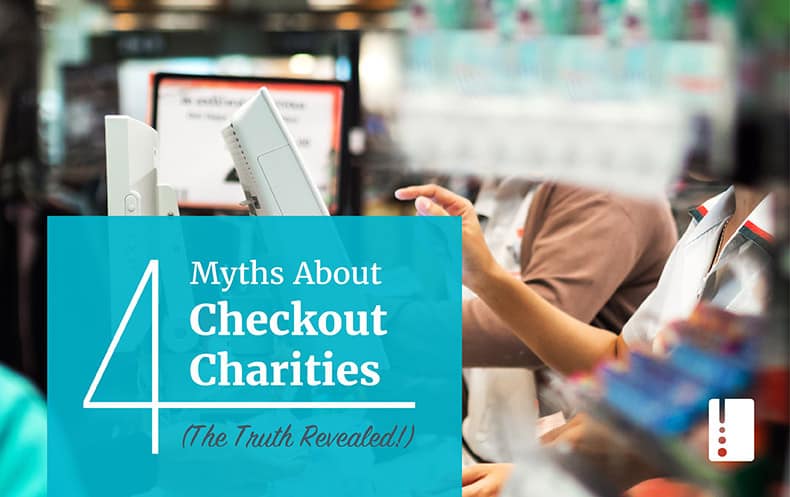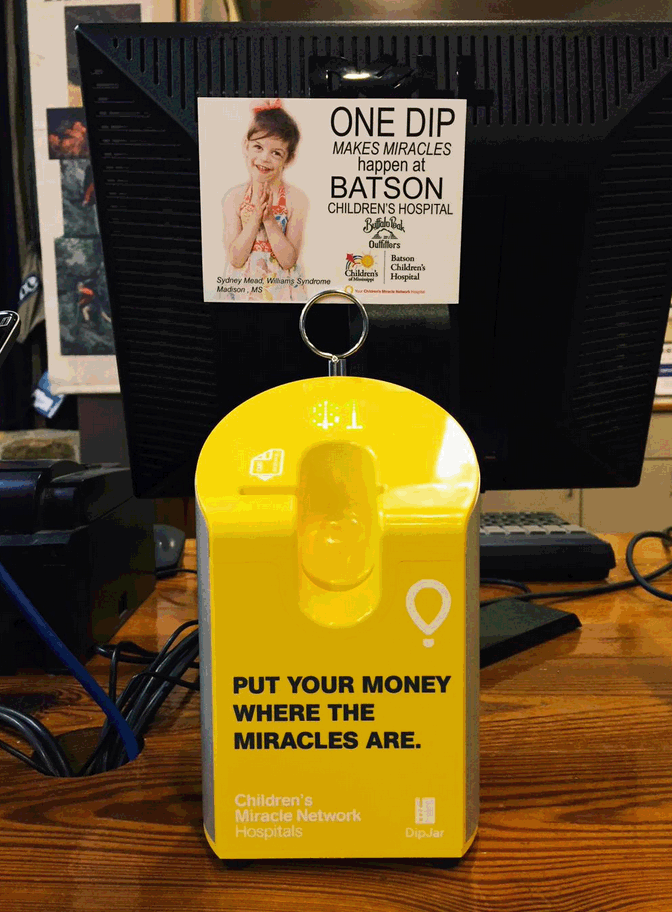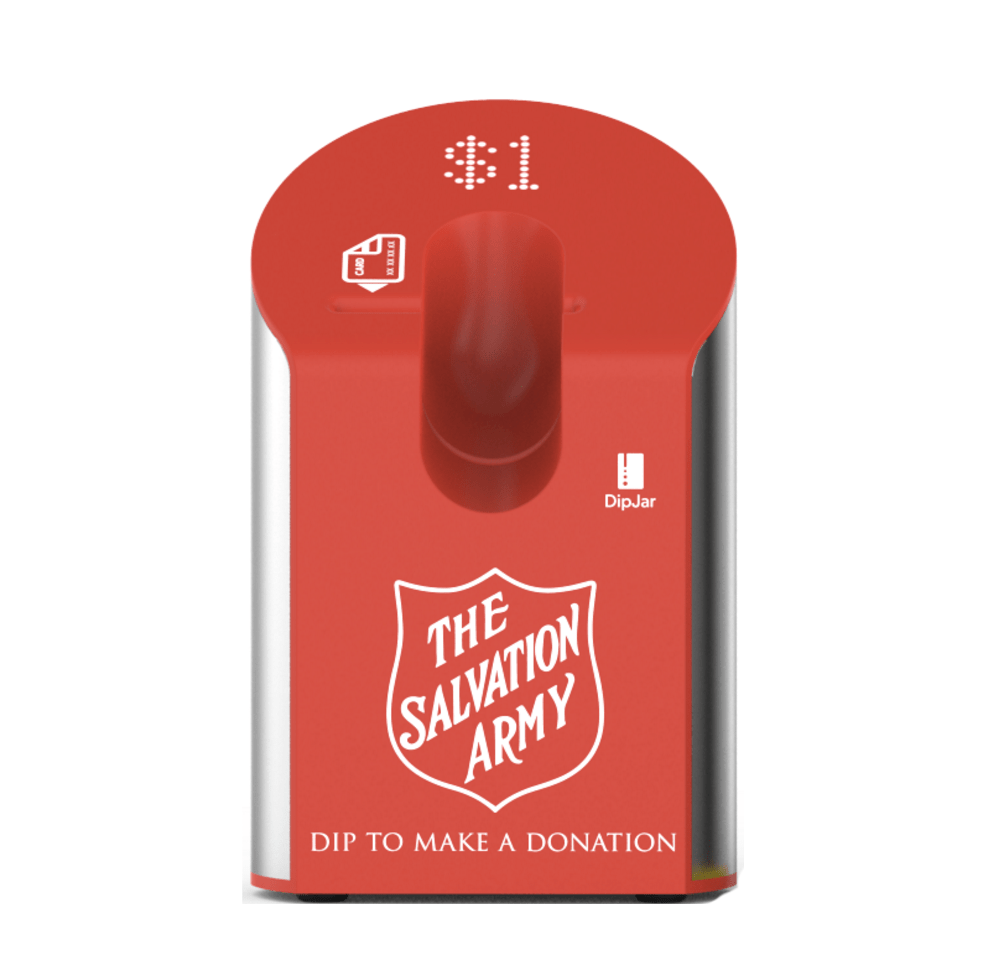
Guest post by Ryder Kessler of DipJar
Checkout charities often get a bad reputation for pressuring donors to donate without giving them enough information on how the funds will be used. Many nonprofits have steered away from using this form of cause marketing because the exchange can feel impersonal, thus eliminating many of the positive feelings donors have when they give to a nonprofit.
The truth is: checkout charities can be extremely effective for raising awareness and collecting donations.
With so many myths surrounding checkout charities, it’s hard for nonprofits to separate fact from fiction. That’s why we’ve created this article to help shed light on four common checkout charity misconceptions:
1. Pressuring customers is the only way to get donations.
2. The process is inconvenient for donors and retail partners.
3. Organizations can’t effectively convey or market their cause.
4. Tracking results is impossible during checkout charities.
In addition to covering these myths, we’ll reveal the truth about why checkout charities can be successful and provide tips to help you launch your own campaign!

1. Pressuring Customers Is The Only Way To Get Donations
The Misconception
With a few customers giving a couple of dollars here and there, nonprofits often assume that it’s impossible to raise a significant amount of money with a checkout charity without making donors feel guilty.
Pressuring patrons into contributing may lead to some donations, but, ultimately, isn’t effective if the nonprofit wants to develop long-lasting relationships.
This myth is rooted in the fact that most campaigns take a direct approach to asking customers to give.
As a result, cashiers ask customers to give to X Charity, making them feel guilty or self-conscious if they say “no.” What will the cashier and other people in line think of them for publicly declining to donate? To avoid this tension and awkwardness many donors will just give.
The Truth
Not all checkout charities need to follow this direct approach; in fact, there are plenty of other ways organizations can run campaigns that leave the choice in the hands of patrons.
Organizations can let their signage do all the talking. In other words: retail partners can place a donation jar beside the cash register with a message about the nonprofit and a clear call-to-action asking for donations.
When you place your bucket or giving kiosk in a visible spot near the register, customers can decide if they want to give, without being publicly asked to say yes or no on the spot.
Look at this example of how one organization used messaging to encourage donors to give:

In the example, the Children’s Miracle Hospital is raising money to help cover children’s health expenses. It’s important to let your cause speak for itself. With effective messaging, donors that are passionate about your mission will contribute without feeling guilty.
Additionally, you can offer patrons incentives to encourage donations. Organizations can work with their retail partners to offer discounts or items as an immediate way to show donors you appreciate their support.
Takeaway: Checkout charities don’t have to be motivated by guilt or pressure; make donating a choice patrons can feel comfortable with. That way, donors give because they’re passionate about your cause.

2. The Process Is Inconvenient For Donors And Retail Partners
The Misconception
When customers enter a business, they're expecting an efficient, quick checkout process. Contributing to a nonprofit during checkout takes an extra step that patrons are only willing to take if it doesn’t take long to complete.
But many retail partners and donors believe that giving at checkout isn’t a simple process.
Traditionally, there are two ways for nonprofits to accept donations with checkout charities:
1. Cash-only donations. Retail partners place a donation jar beside the register and donors can give cash. The challenge with this method is that retail partners have to keep track of the cash donations and have a method to send the funds to the nonprofit. Plus, donors don’t always carry cash, limiting the number of supporters that can contribute.
2. Integrated donations in the retailer’s checkout process. When a patron purchases their items with a credit card, a screen will appear that asks them to donate. The gift will be added to their final purchase price. While this is more convenient for donors, many retailers don’t want to deal with the difficulties of implementing an integrated system.
Neither option offers a sound solution, which can discourage retailers from partnering with nonprofits and donors from giving.
The Truth
As more technological advancements arise, there are more fundraising tools for nonprofits than ever before that can offer convenient solutions for both retailers and patrons.
An example of these innovative tools that work well with checkout charities is the portable giving kiosk. The Salvation Army uses giving kiosks for their Red Kettle campaign to resolve many of the challenges associated with checkout charities:

The giving kiosk used in the Red Kettle campaign managed to achieve quite a few things:
Patrons aren’t limited to just giving cash. With one step, they can donate to the nonprofit using their credit card. Plus, there is no drawn-out decision on how much to give because the kiosk is preset with a suggested donation amount.
Retail partners don’t have to implements complicated software. They just need to power the device and place it in a visible location (preferably by the cash register).
Nonprofits can use giving kiosks along with cash donation jars to accept donations of all different types.
A straightforward process — like the one depicted above — is simple for your donors and your retail partners.
To launch a quick and simple checkout charity, you’ll need to find a donation kiosk that can be branded to match your nonprofit, easily transported to retailers, and easy-to-use for businesses and donors.
Takeaway: Limiting the time and step it takes to contribute means that supporters can give based on impulse without the concern of delaying the checkout process.

3. Organizations Can’t Effectively Convey Or Market Their Cause
The Misconception
With only a few minutes between ringing up a customer’s items and the customer swiping their card, there is no time to for a cashier to explain your nonprofit's cause in a way that motivates donors to give.
Many organizations believe that checkout charities are only effective for larger nonprofits that already have a strong brand and recognition. As such, customers don’t need a long pitch to make a gift. But for smaller organizations who need more time to tell their story, checkout charities don’t have the same results.
Even for large organizations, they believe it’s hard to effectively market their campaign in retail stores to get more people interested in supporting their cause.
The Truth
In a recent study, 66% of patrons said they contributed to a checkout charity. Of the 28% that declined, 44% said it was because they didn’t know enough about the nonprofit.
While effectively conveying your message is a challenge, it’s not impossible to overcome.
Organizations have to realize that supporters of checkout charities are unlike other donors because they won’t always be familiar with the organization.
Therefore, it’s critical for organizations to provide retail partners with the materials and skills they need to market your mission.
Use signs to help donors understand who their donation will help and how it will impact your cause. Organizations can also use giving levels to show donors how their money will be used. For instance, if you’re fundraising to help feed hungry children, you can tell donors that a $5 gift will provide ten meals.
Takeaway: Organizations can convey a meaningful message that speaks to donors’ emotions when they focus on how the money will be used and whose life will be impacted by the funds.

4. Tracking Results Is Impossible During Checkouts Charities
The Misconception
Since nonprofits have to make the donation process quick and simple (and they’re often only collecting cash donations) there is no way to track donor contact information or the individual success of each retail partner.
With most of the responsibility of asking for donations relying on the retailers, there is no way for nonprofits to alter or make improvements to their strategies to make their campaign more successful.
With no way to track data and little control on how the campaign is run, most organizations think that checkout charities aren’t worth the effort.
With other events, organizations have straightforward methods and powerful tools to track results and make improvements based on the data.
The Truth
Using a donation kiosk can help you obtain donor data and track the individual progress of every retail store. Moreover, kiosks allow you to remotely track information such as the ideal giving amount and the times when you receive the most donations.
These factors can help you improve your methods and plan future checkout charities.
You can also provide donors with other ways to get involved, which means you can stay in contact with these supporters to initiate the stewardship process.
You can collect your donors’ contact information and engage with them after the campaign by:
- Having an optional step that asks donors for their contact information or to sign up for your e-newsletter.
- Encouraging donors to follow your social media accounts so you can interact online.
- Including your website's’ URL in your checkout charity messaging so that donors can learn more about your cause.
- Requesting contact information is a great way to follow up with donors and add them to your donor database so you can start the stewardship process.
Takeaway: Using new giving technology like donation kiosks will make it easy for your nonprofit to track your campaign’s progress. Add another step to your giving process by collecting your donors’ information or suggesting other ways for them to interact with your nonprofit.
Now that we’ve debunked these four checkout charity myths, your organization can feel confident moving forward with your fundraiser.
Like any fundraising idea, checkout charities do come with their own list of challenges, but with the right tools and best practices, you can overcome these problems and run a successful campaign.
Get the latest trends and topics delivered to your inbox!
Subscribe to FrontStream's Blog